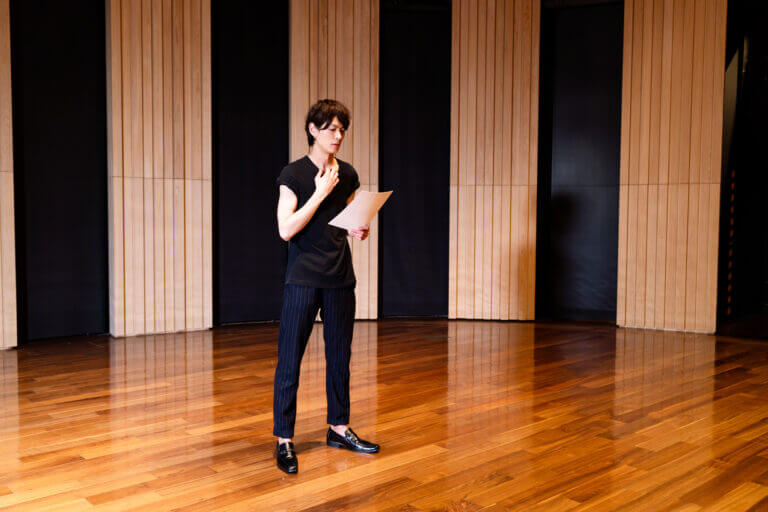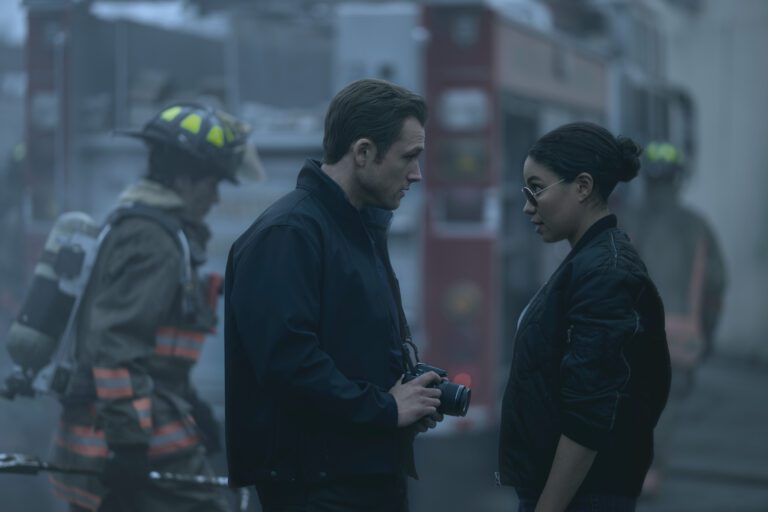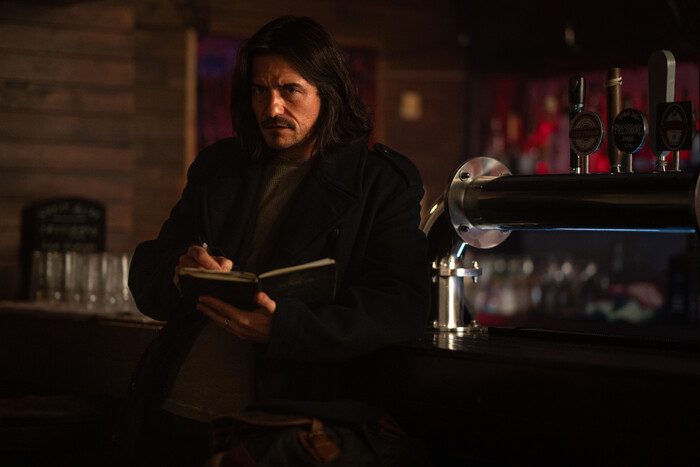While the label “farce” is sometimes slapped on any number of comedies, the history of farce is rich and specific. Executing the style of farce correctly also requires a particular skill set separate from other types of comedy acting.
Generally speaking, a farce is a subset of comedy that employs broadly satirical themes and places exaggerated characters into absurd situations. The comedy is fast and physical, often relying on miscommunication to drive the plot.
During its evolution, farce has spawned multiple subsets (door face, bedroom farce, etc.). To step into the world of farce, there are several defining elements to remember.
Insights: Quick Tips for Farce Acting
- Play exaggerated roles with depth and commit to your larger-than-life character while focusing on their strong motivations and objectives.
- Keep the pace fast and precise by delivering rapid-fire dialogue and executing quick physical comedy with sharpness and accuracy.
- Fully engage with physical humor by embracing the absurdity and heightened energy of farce, ensuring every movement and action is purposeful and contributes to the comedy.
Thinking about joining Casting Networks? Sign up for a free trial today!
Farce Contains Larger Than Life Characters
The characters in a farce are larger than life. While sometimes described as one-dimensional, I think it’s more helpful for the actor to think of them in terms of what they add than what they lack. Like stock characters in Commedia dell’arte (a sub-genre with which face shares much overlap and history), the “types” of characters that appear will be instantly recognizable and relatable. However, that doesn’t mean they lack nuance. They are heightened and exaggerated but still deeply driven by their objectives.
Pace is Everything
A lagging pace is the death of a farce. Good farce is fast. The dialogue is rapid-fire and the characters should be struggling (comedically) to keep up with the pace of the plot.
That being said, pure speed is not the only element that defines good farce. It must be executed sharply and cleanly. The comedy of a face is tight and precise. The technical skill to pull this off is every bit as important as the artistic talent.
A Heightened Writing and Style
Just like the characters, the writing and style of a farce are heightened, driven by energy and urgency.
The world of a farce requires a certain amount of audience buy-in. Obstacles in a farce range from overblown, to absurd, to barely-to-be-believed. Tactics might not follow logic but demand 100% commitment. There is almost always an element of physical comedy in a farce, usually many elements. Door farces are often characterized by characters dashing in and out of doors, just missing each other–this is the style of farce most modern audiences will call to mind.
It’s All About the Bits
A farce is full of comedic bits! These are short, funny scenes or physicalized gags that don’t necessarily do the heavy lifting where the plot is concerned.
Serving the same purpose as lazzi in Commedia, bits exist to entertain and exhilarate with technical comedic prowess and heightened emotional commitment of the characters. The bit is only as good as the precision and commitment of every actor participating in it.
Farce is a particular language of comedy that is electrifying and joyful when spoken fluently and wretched when fumbled (just like bad improv). The only way to attain fluency is to practice, try and fail, and get the rhythms in your bones. Farce is fearless, and so must we be.
Related articles:













